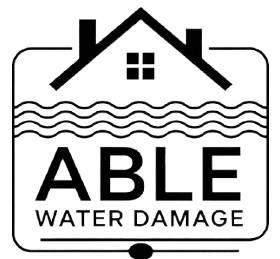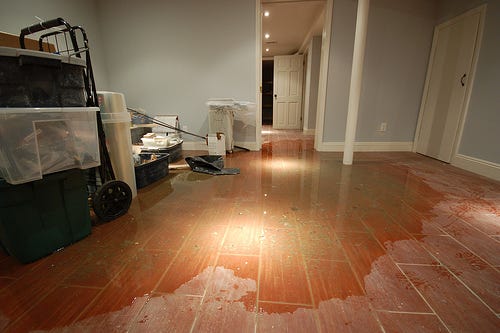Flood Damage Cleanup near you
Experienced flood damage cleanup is a must for any homeowner facing the aftermath of water disasters. At Able Water Damage, we provide swift and effective flood damage cleanup services in Austin, TX. Our dedicated team understands the urgency of addressing water damage immediately to prevent mold growth and further structural damage.
Our flood damage cleanup process includes a complete assessment of the damage, water extraction, drying, dehumidification, and restoration of your property. We utilize state-of-the-art equipment to ensure your home is restored to its pre-flood condition as quickly as possible. Our certified technicians are trained to handle any level of water damage and can assist throughout the insurance claims process.
With our 24/7 emergency services, you can count on us to be there when you need us the most. Don’t let flood damage disrupt your life; contact Able Water Damage in Austin, TX today!

